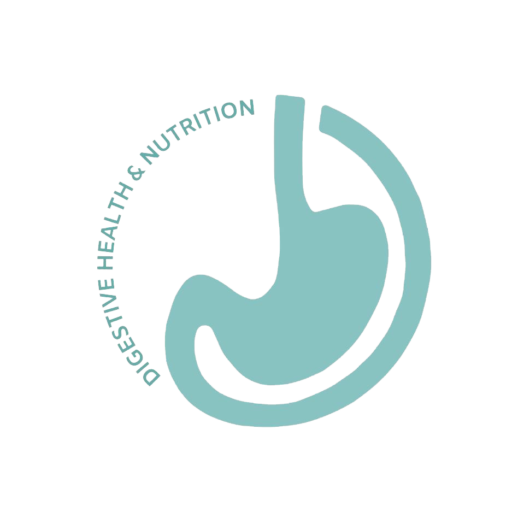Nausea in Children
Nausea is a sensation of unease and discomfort in the stomach that often precedes vomiting. It’s a common symptom in children and can be caused by a variety of factors, from mild digestive issues to more serious medical conditions.
Common Causes of Nausea in Children:
Gastroenteritis (Stomach Flu):
A viral or bacterial infection of the stomach and intestines often causes nausea, vomiting, diarrhea, and abdominal cramps. It’s one of the most common causes of nausea in children and is typically short-lived.Motion Sickness:
Some children experience nausea when riding in a car, boat, or plane. This is due to the brain receiving conflicting signals from the inner ear and eyes, leading to motion sickness.Food Intolerances or Allergies:
Certain foods can cause nausea if a child is intolerant or allergic. Lactose intolerance, for example, can result in nausea, gas, and bloating after consuming dairy products.Indigestion:
Overeating or eating spicy, fatty, or unfamiliar foods can lead to indigestion, which can trigger nausea.Gastroesophageal Reflux Disease (GERD):
In GERD, stomach acid flows back into the esophagus, causing heartburn and nausea, especially after meals.Anxiety or Stress:
Emotional stress and anxiety can manifest physically as nausea in children, particularly before events like school tests or social situations.Dehydration:
Insufficient fluid intake can lead to dehydration, which can cause nausea and other symptoms like dizziness or headaches.Medications:
Certain medications, such as antibiotics or pain relievers, may cause nausea as a side effect.More Serious Conditions:
In rare cases, persistent nausea can be a sign of more serious conditions such as appendicitis, migraines, or head trauma. If nausea is accompanied by other concerning symptoms like severe pain, fever, or changes in consciousness, seek medical attention immediately.
Managing Nausea in Children:
Hydration:
Encourage your child to drink small amounts of clear fluids like water or an oral rehydration solution to prevent dehydration, especially if vomiting is present. Avoid giving large amounts at once, as this may trigger more nausea.Dietary Adjustments:
Offer bland, easy-to-digest foods such as crackers, toast, applesauce, or bananas once the nausea starts to subside. Avoid fatty, spicy, or fried foods that may worsen symptoms.Ginger or Peppermint:
Ginger and peppermint are natural remedies that can help soothe nausea. Ginger tea or ginger candies may be helpful, as well as peppermint tea.Rest:
Ensure your child gets plenty of rest and avoids vigorous activity, as movement can aggravate nausea.Medication:
In some cases, over-the-counter or prescription medications may be recommended by a healthcare provider to relieve nausea, especially if it’s related to motion sickness or another condition.Prevent Motion Sickness:
For children prone to motion sickness, ensure they sit facing forward in a car or choose seating areas with the least motion, such as the middle of the car or a plane’s wings. Anti-motion sickness medications can also be taken before travel if recommended by a healthcare provider.
When to Seek Medical Attention:
- Persistent or worsening nausea
- Severe abdominal pain
- Vomiting lasting more than 24 hours
- Signs of dehydration (dry mouth, lack of urination, lethargy)
- High fever or severe headache
- Blood in vomit or stool
Nausea is typically a temporary symptom, but it’s important to monitor your child’s condition closely. If nausea persists or is accompanied by other concerning symptoms, consult with a healthcare provider to determine the underlying cause and appropriate treatment.
